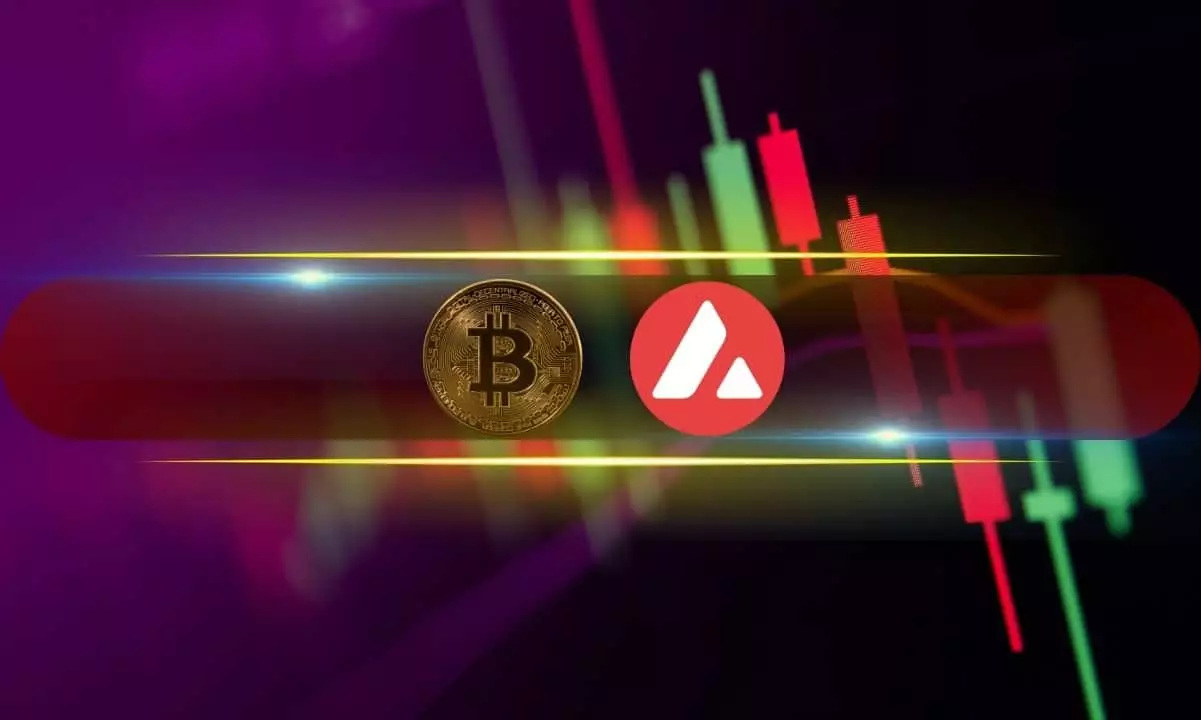Recent movements in Bitcoin’s price serve as a stark reminder of how fragile market confidence truly is. After hitting an apparent peak of over $116,800, the digital asset faced an undeniable rejection that sent it plunging by more than two thousand dollars. While it has managed to claw back much of that lost ground, the overall picture remains one of instability. This rollercoaster demonstrates not just the volatility that plagues cryptocurrencies but also highlights how market sentiment can shift in mere hours. Investors who dared to believe in a persistent bullish trend were swiftly disillusioned, and this unpredictable dance keeps traders on-edge. The key takeaway here is that large-scale movements have become the norm rather than the exception, revealing an underlying nervousness across the market.
The Myth of Resilience: Temporary Gains Mask Deeper Concerns
Despite the brutal correction earlier in the week, Bitcoin’s resilience—its ability to bounce back from lows—should not be mistaken for strength. The fleeting rise past $116,000 and the subsequent push towards $117,000 show that bulls are still fighting, but their victory is fragile. As the price retracts to around $115,500, it underscores a fundamental weakness: the market remains highly responsive to external triggers, especially upcoming macroeconomic events like the FOMC’s policy meetings. Such volatility exposes how investors are reactionary rather than confident, reacting emotionally to every pivot in economic outlook. This pattern suggests that any perceived positive momentum is merely a veneer, hiding deeper doubts about the cryptocurrency’s long-term stability within a turbulent financial landscape.
The Illusion of Diversification: Altcoins Are No Safer Havens
While Bitcoin continues to show signs of oscillation, altcoins paint a picture of temporary diversification that quickly turns sour. Ethereum’s slight dip below $4,500, Ripple’s steady support at $3, BNB, DOGE, and others in modest green reflect a market desperately clinging to hope. Yet, many of these tokens are equally vulnerable, often mirroring Bitcoin’s erratic swings rather than offering true insulation. Avalanche’s impressive 7% surge indicates that some altcoins can capitalize on short-term momentum, but such gains often lack sustainability, revealing their role more as speculative assets than safe hedges. The rise of altcoins like IMX, which has surged over 15% to break into the top 100, might seem promising on the surface. Still, these moves are volatile and often driven by hype rather than fundamentals—a risk that center-right liberals must acknowledge: the market’s unsustainable exuberance is a house of cards built on fleeting sentiments.
The Dangerous Illusion of Market Stability
The recent crypto movements expose the illusion that markets have found firm footing. The overall market cap’s recovery to over $4.1 trillion is encouraging on paper, but it must be viewed skeptically. Such gains are often ephemeral, fueled by traders chasing rebounds amid ongoing uncertainty. The dominance of Bitcoin at 56% indicates its central role but also its vulnerability—an over-reliance that can spell trouble if market dynamics shift suddenly. For pragmatic investors aligned with a center-right liberal outlook, this backdrop underscores the importance of cautious engagement rather than reckless speculation. The market’s current state is a sobering reminder that, underneath the veneer of technological innovation, crypto remains heavily dependent on external macroeconomic factors and investor sentiment—fragile pillars that can crumble at any moment.

